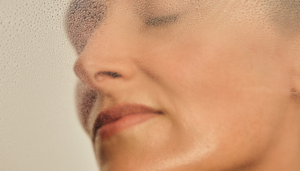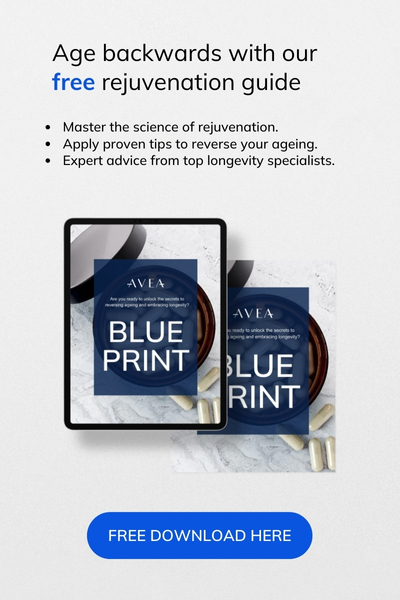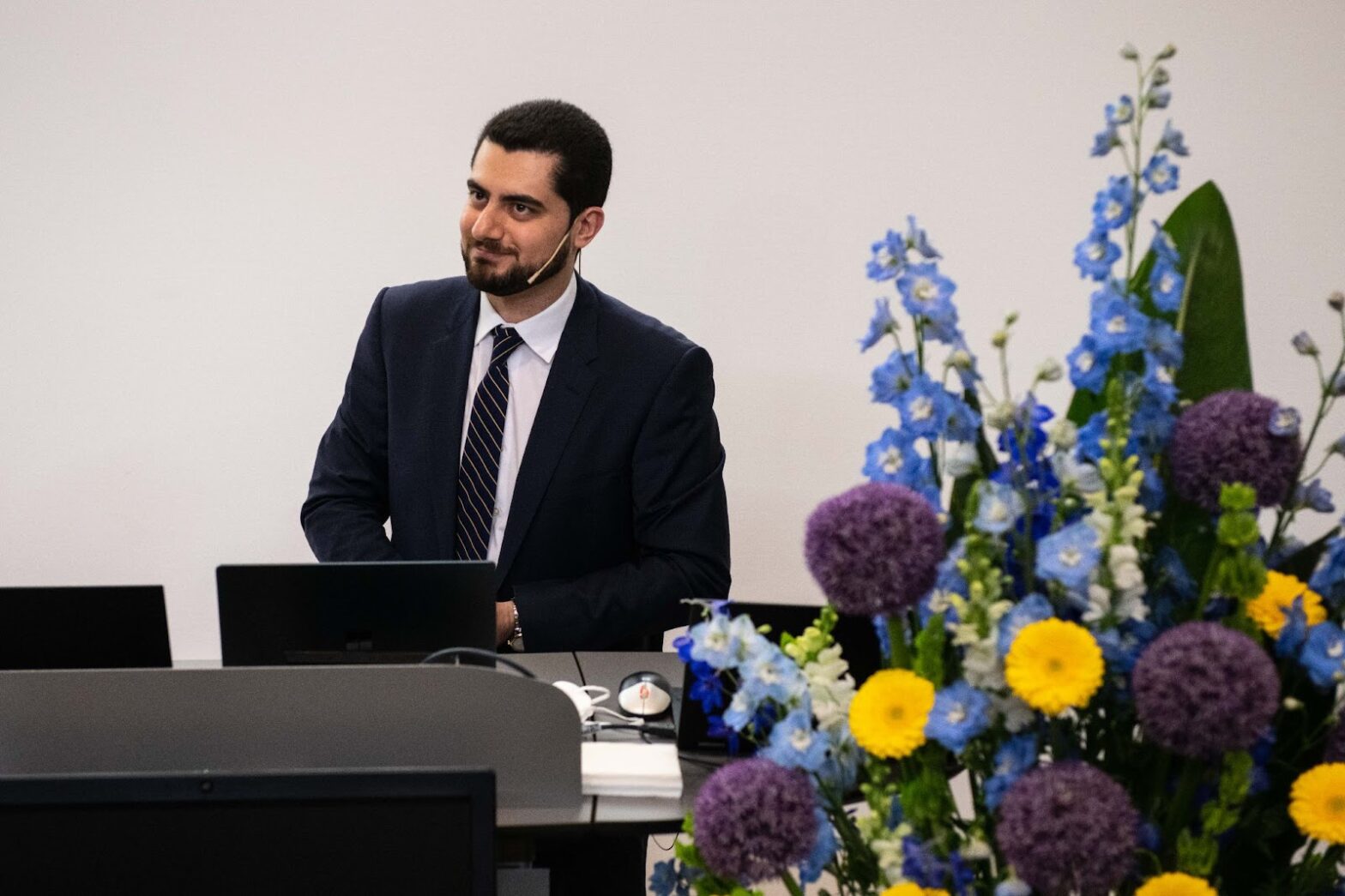
I think it’s reasonable to suppose that one could oscillate between being biologically 20 and biologically 25 indefinitely, says Aubrey de Grey – renowned biomedical gerontologist and leading advocate for ageing reversal and ageing damage repair.
At Avea, we recently had the chance to interview Dr Aubrey, founder and former Chief Science Officer of SENS Research Foundation, a well-recognised organisation devoted to treating or preventing age-related diseases and disabilities. He is also a member of the scientific advisory board of Maximon*, our parent company.
Learn more about Dr Aubrey’s commitment to promote longevity and why he believes ageing is humanity’s ‘’worst problem’’. We’re asking ourselves the question: Is ageing a disease?
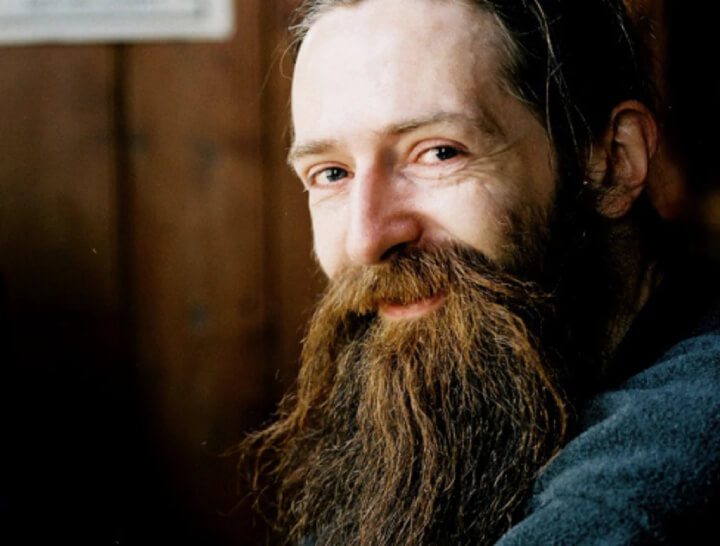
In this article
Free guide to reverse your biological age

- Master the science of rejuvenation.
- Apply proven tips to turn back the clock.
- Transform your health with top longevity specialists.
Aubrey de Grey and his research
Please tell us a bit more about the SENS research foundation. What are you currently focusing on in your research?
Our research focus is constantly evolving in response to two things: progress (both by us and by others) and the balance between importance and effort by others (we focus on things that are not getting enough attention elsewhere).
What that means at present, in particular, is that we are ramping up a big emphasis on combining therapies, which is vital for a damage-repair approach but is not aligned with the incentive structures of either industry or mainstream academia.
We have the unique privilege that, being funded almost entirely by philanthropy, we don’t need to be short-termist and glitz-seeking.
Is ageing a disease?
If ageing is a disease that could be curable, does that mean we could reverse ageing?
I don’t actually use words like “disease” and “cure”, because they give an over-simplistic impression of the issue; I call ageing a medical problem that can be overcome. But yes, as illustrated by SRF’s activities, I believe ageing can indeed be reversed in the foreseeable future, by a panel of therapies that repair molecular and cellular damage, i.e. that restore the body’s structure and composition to something like how it was in young adulthood.
Healthspan vs. lifespan
At Avea, we focus more on healthspan but are still fascinated about the idea of extending lifespan. In your opinion, how close are we to living to 150 or even longer? How realistic is it?
I think far too much is made of the distinction between healthspan and lifespan: there is no disputing that healthspan is the right focus, but lifespan is a direct side effect of healthspan and we should not fall into the trap (as far too many gerontologists do, especially British ones I’m ashamed to say) of sounding as though we wish it weren’t and that extending lifespan is actually a downside of extending healthspan.
As to timeframes, I think we have a 50% chance of reaching, within 15 years, the point where we are repairing damage as fast as it is being created by our metabolism. No one will have already reached 150 at that time, obviously, but most people who are alive at that time should be able to.
Cutting edge technology
What are the most promising treatments/therapies to repair the damage that builds up within our bodies over time?
At present, senolytics and stem cells are the main therapies that are close to the clinic. However, we will definitely also need therapies that are still at a much earlier stage of development, such as enzymes to destroy molecular waste products. We’re getting there!
I am aware that not everyone has or will have access to such treatments in the near future. There are easier things people can do to slow the ageing process.
Are supplements such as NMN and senolytics a good way to start?
First, it’s important to understand that senolytics are absolutely damage repair, not ‘’slowers’’ of ageing.

Supplements such as NMN are indeed a good way to start, because they are “mimetics” of famine, i.e. they induce the same shifts of metabolic priorities that happen naturally in response to shortage of dietary calories.
Those shifts result in a dramatic postponement of age-related ill-health in short-lived rodents, and have been intensively studied for a century. The effect in long-lived species like humans will be far smaller, but definitely better than nothing.
For a better understanding of Dr Aubrey’s research focus, we made a little overview about Senolytics, the brand-new drug therapies aiming to eliminate senescent (dormant yet harmful) cells that accumulate as we age.
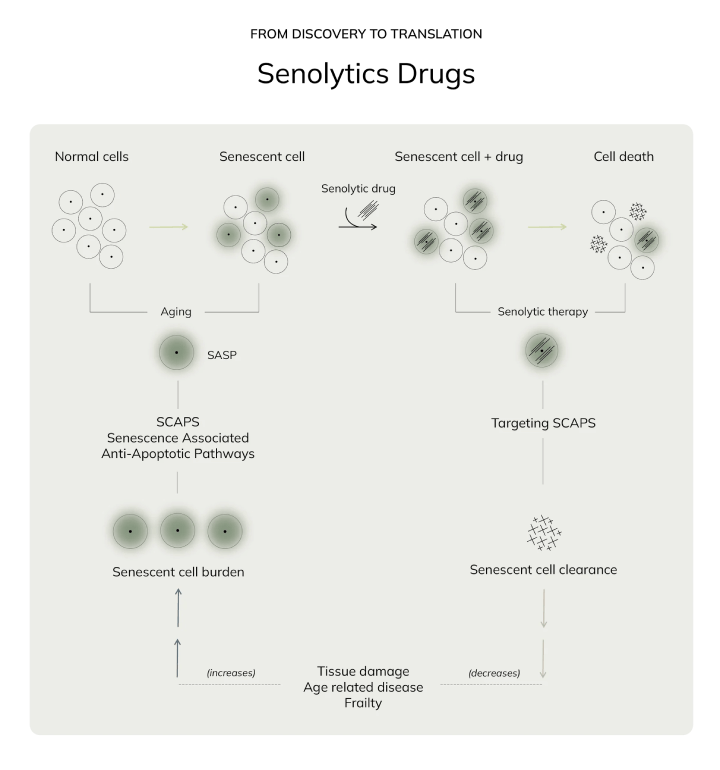
Learn more about senolytics here.
Thanks to Dr Aubrey for this wonderful interview about anti-ageing, and we’re looking forward to what he has in store for the future!
*Maximon is a leading Swiss longevity company engaged in providing top-notch science-based and tested rejuvenation solutions.







